In this article we will going to discuss about the transplanting plants examples.
Transplanting is a process in horticulture where the seedlings are grown in one place and then replanted in another place during the growing season.
The plants that are grown by transplanting techniques are:
- Paddy
- Tomato
- Cauliflower
- Broccoli
- Cabbage
- Eggplant
- Onion
- Watermelon
- Zucchini
- Squash
- Turnips
- Peppers
- Beans
- Lettuce
- Peas
- Potatoes
- Cucumbers
- Beetroot
- Carrots
- Celery
- Brussels sprouts
Paddy
Paddy is a Kharif crop grown by transplantation process; it is first grown in nurseries to a height of 15-20 cm for 15 to 30 days and then transplanted into puddle fields. The seedlings are transplanted manually or with the help of tractor-drawn discs in straight rows. Clayey soil is required for rice cultivation and this soil helps to hold water for a longer time and helps in the growth of the crop.
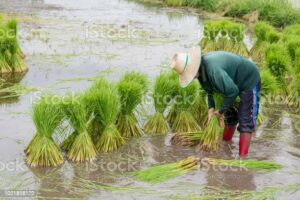
Tomato
Tomatoes are summer crops which is rich in vitamin A, Vitamin C, and antioxidants it is usually grown by transplanting technique. The seeds of the tomato are grown in nurseries until they get two sets of leaves and are about 2-4 inches tall. The land in which the tomatoes are to be transplanted should be irrigated for 3 to 4 days and the seedlings should be planted deep with proper spacing. The tomato fruit can be harvested after 60 to 100 days. The best temperature for the crop is between 21℃ to 24℃.
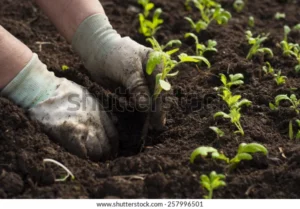
Cauliflower
Cauliflower is a cruciferous vegetable rich in Vitamin-b, antioxidants, and many other nutrients. The seedlings are transplanted after they are grown for 5 to 6 weeks in nurseries. They are planted in well-drained soil about 2 to 3 feet deep. The seedlings should be well spaced. The optimum temperatures for the plants are about 16 to 18℃.

Broccoli
Broccoli belongs to the cabbage family and its seedlings are grown in nurseries for 3 to 4 weeks and then transplanted to well-drained soil in rows with 18 to 24 inches of space between each plant. The plants grow well in temperatures between 16℃ to 26℃.

Cabbage
Cabbage seedlings are grown to a height of 10 to 15 cm in nurseries and then transplanted to sandy soils with pH 6-6.6 and the optimum temperature for the growth of the plant is between 15℃ to 21℃. The plant can be harvested after 90-120 days of planting.
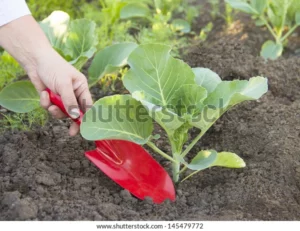
Eggplant
Eggplant belongs to the family Solanaceae and is a perennial plant. It is also known as an aborigine. The plant is grown indoors for two weeks and then transplanted to sandy loamy soils. The best temperature for the plants to grow is between 20℃ to 30℃.
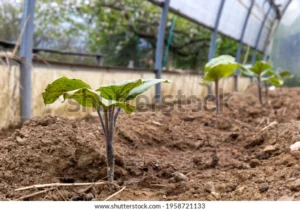
Onion
Onion is a root vegetable that belongs to the genus allium. It is rich in sulfur-containing compounds and antioxidants. The onions are grown in nurseries until they reach a height of 15-20cm and then transplanted to loose loamy soil with a space of about 6 inches between the plants. The optimum temperature for the plant is 16 to 25.
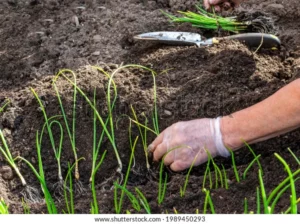
Watermelon
Watermelon is a fruit that belongs to the gourd family. The seeds are grown in nurseries for 2 weeks and then transplanted to loamy well-drained soil. The plants should be planted 2-3 feet apart. The optimum temperature for the plants to grow is 26-28℃.
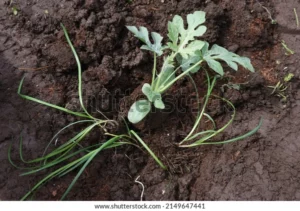
Zucchini
Zucchini belongs to the squash family; it is grown indoors until they get three to four true leaves and then transplanted outside in fertile fast-draining soil. The optimum temperature for the plant to grow is 16 to 21℃.
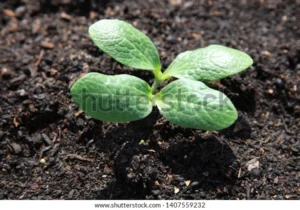
Squash
Squash belongs to the Cucurbita genus; it has a high content of fiber, magnesium, and vitamin C that helps in repairing cells and tissue. The seeds of the squash are grown in nurseries till they have three to four true leaves and then transplanted to fertile, well-drained soil. The space between each plant should be three feet.
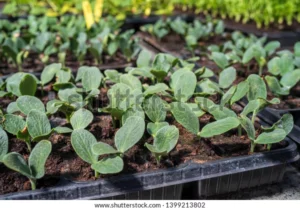
Turnips
Turnips are root vegetables grown in temperate climates. They belong to the mustard family. The seedlings are transplanted to the felids from the nursery till true leaves appear. The soil should be well-drained and the pH should be maintained between 6 to 7.5. The space between each plant should be 6 to 8 inches apart.
Peppers
Peppers are also called capsicum that belongs to the Solanaceae family. The seedlings are grown for 7-8 weeks in nurseries and then transplanted into fields. The seedlings should be planted 1.5 apart and 3-4 inches deep. The optimum temperature for peppers to grow in between 18 to 26℃.
Beans
Beans belong to the Fabaceae family that is rich in protein, fiber, iron, vitamin A, vitamin K, and folic acid. The seedlings should be grown in nurseries till three to four true leaves appear and then transplanted to fields. The optimum temperature for beans to grow is 21- 26℃.
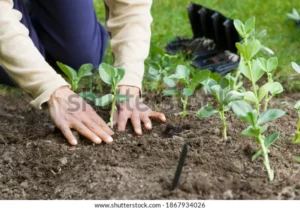
Lettuce
Lettuce is a leafy vegetable that belongs to the family Asteraceae; it is an annual plant that is rich in vitamin C vitamin K and folic acid. The plants are grown for 2-3 inches tall indoors and then transplanted into fields.
Peas
The pea plant belongs to the family Fabaceae; it contains a seed pod that contains several peas. The seedlings should grow for 7.3cm long before being transplanted into fields. The plants should be spaced 18inches apart. The optimum temperature for peas to grow is 15 to 30℃.
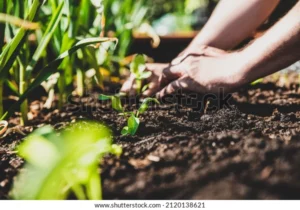
Potato
Potato is a starchy root vegetable that belongs to the Solanaceae family. The plants are grown for 10 to 14 days in nurseries before transplanting into fields. The best temperature for potatoes to grow is 24℃.
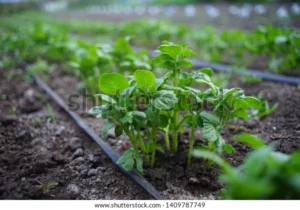
Cucumber
The cucumber is a climber that belongs to the family Cucurbitaceae; it is rich in phosphorous and potassium. The plants are grown in nurseries for three to four weeks and are transplanted into fields 4 to 5 feet apart.
Beetroot
Beetroot is a root plant that belongs to the family Amaranthaceae; the vegetable is rich in fiber, manganese, iron, potassium, and vitamin C. the seedlings are grown in nurseries till the first set of true leaves appears and then transplanted into fields with 10cm between them.
Carrots
Carrot is a root vegetable that is rich in carotenoids, vitamin A, iron, vitamin C, and biotin. The seedlings are grown for two weeks indoors and then transplanted into well-drained clay soil. The best temperature for carrots to grow is 21℃.
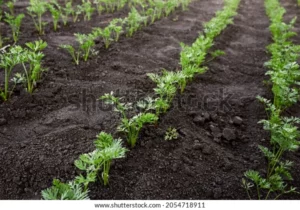
Celery
Celery belongs to the family Apiaceae; it is a long fibrous marshland plant. The seedlings are transplanted into the fields after getting 5 to 6 true leaves. The soil should be loose, well-drained, and fertile; the plants are planted 18inches deep into the soil with 12 inches of space between the plants.
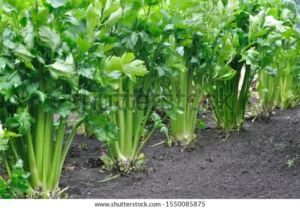
Brussels Sprouts
Brussels sprouts are leafy vegetables that belong to the cabbage family. The vegetable is rich in Vitamin K, omega-3-fatty acids, fiber, and Vitamin C. the seedlings should grow 10-15cm tall before being transplanted into fields. They are usually transplanted in late spring or early summer.
Also Read:
- Lysosomes in cytoplasm
- Globular protein examples
- Biome examples
- Hydrophilic protein example
- Deltoid muscle
- Krebs cycle vs electron transport chain
- Is diffusion directional
- Are membrane proteins carrier proteins
- Terrestrial biome examples
- Non pathogenic bacteria examples

Hi….I am Shravanthi Vikram, I have completed my master’s in Bioinformatics and have 10 years of teaching experience in Biology.
Let’s connect through LinkedIn-